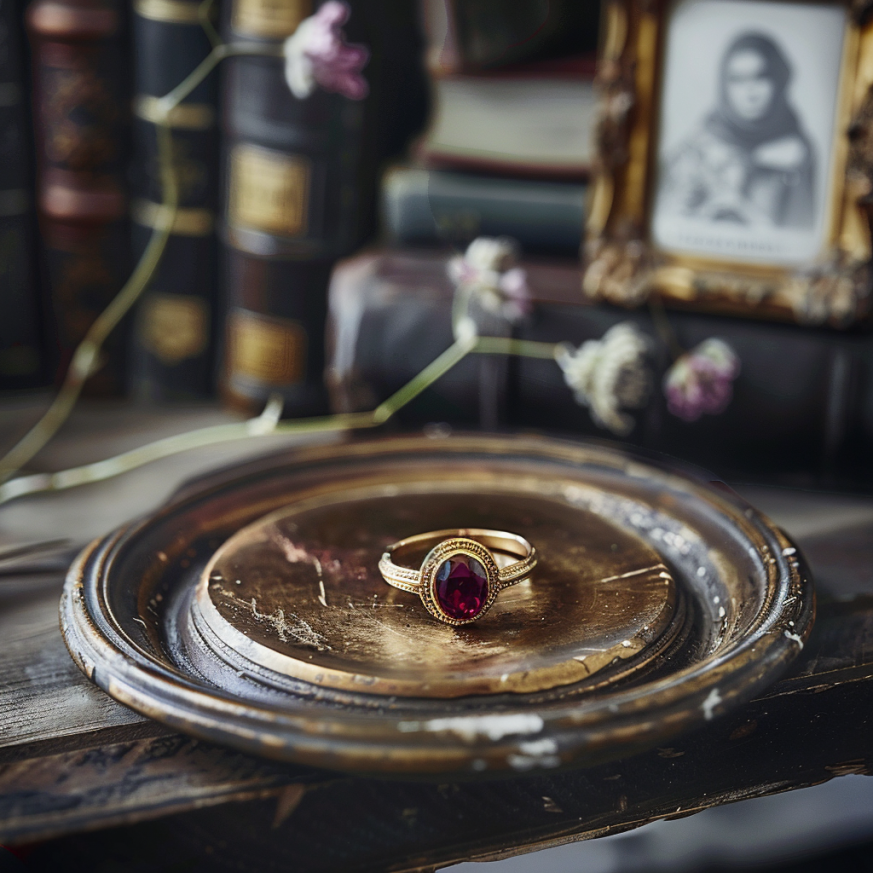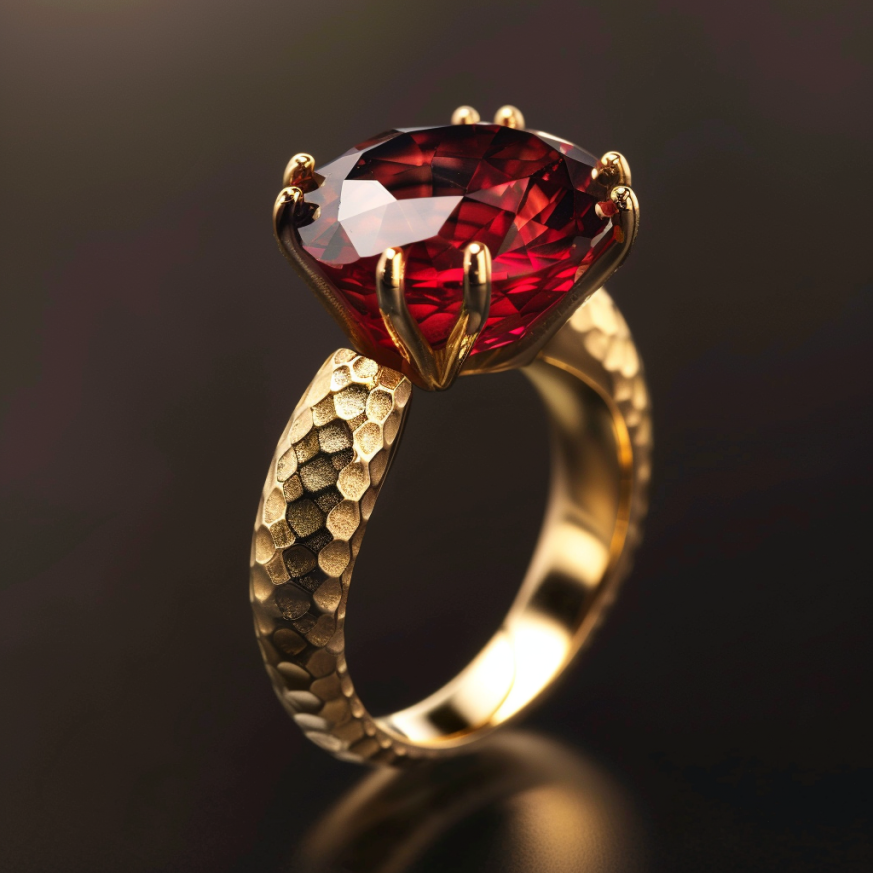Ruby in Ancient Folklore
Throughout history, ruby in ancient folklore has been revered as a symbol of power, protection, and passion. This captivating red gemstone has played a significant role in myths, legends, and spiritual beliefs across various cultures, often associated with divine energy and supernatural properties.

1. Ruby in Eastern Legends
- In ancient India, rubies were called “Ratnaraj” or “King of Gems,” believed to bring prosperity and protection to their wearers. Warriors embedded rubies in their armor to ensure victory in battle.
- In Burmese culture, rubies were thought to make warriors invincible. Some even embedded rubies under their skin, believing the gem would make them immune to injury.
2. Ruby in Western Mythology
- In medieval Europe, rubies were linked to royalty and divine power. Kings and nobles wore rubies to protect themselves from danger and misfortune.
- Ancient Greeks and Romans believed rubies could foretell impending doom, darkening in color when danger was near. They were also thought to promote love and passion, strengthening relationships.

3. Symbolism in Chinese Culture
- Ancient Chinese civilizations associated rubies with good fortune and vitality. The gemstone was often placed beneath the foundations of buildings to invite prosperity and ward off evil spirits.
4. Ruby in Mysticism and Healing
- Many cultures believed that rubies contained inner fire, giving them the power to cure illnesses, boost energy, and enhance emotional strength.
- In Tibetan and Hindu traditions, rubies were linked to the heart chakra, promoting love, courage, and confidence.
Conclusion
The significance of ruby in ancient folklore spans across civilizations, where it has been cherished as a talisman of power, protection, and passion. From ancient warriors who believed rubies granted invincibility to royalty who adorned them as symbols of status and divine favor, this gemstone has held a revered place in history. Even today, rubies continue to symbolize strength, love, and prosperity, making them a cherished choice for both adornment and spiritual significance.
For more information about Ruby, please visit Why Ruby Is Valuable to learn about its rarity, significance, and worth.
